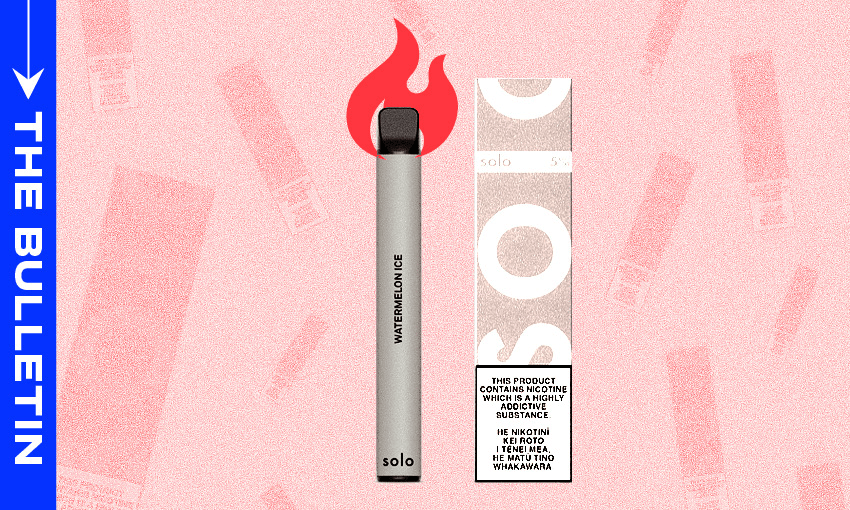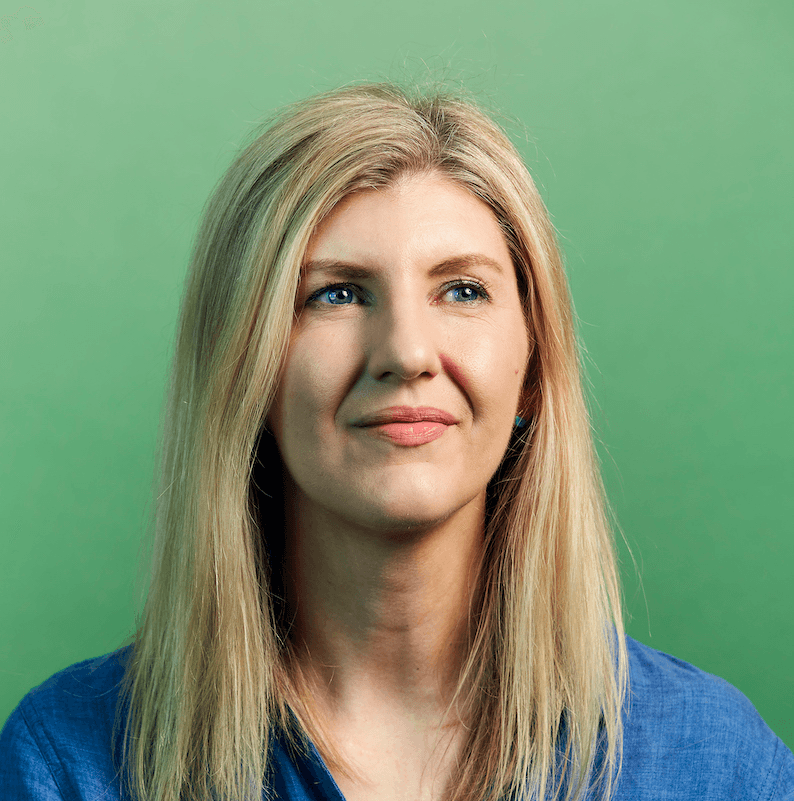Starting today, single-use vapes are outlawed, advertising and displays severely restricted, and promotions banned. The new rules have young vapers in their sights, writes Catherine McGregor in today’s extract from The Bulletin.
To receive The Bulletin in full each weekday, sign up here.
Strict new vaping rules kick in today
From today, it is illegal to sell or supply disposable vapes in Aotearoa, as sweeping new restrictions on how vaping products are marketed and displayed also come into force. General retailers like dairies can no longer display vapes at the counter, vape stores must keep all products out of public view, and online retailers are barred from showing images of vaping gear. Promotions, loyalty schemes and giveaways are banned. RNZ’s Nik Dirga has all the details here.
These changes build on a first wave of reforms introduced in December, including stiffer penalties for selling to minors and location restrictions near schools. Associate health minister Casey Costello said the changes are designed to target the cheap, brightly packaged disposables favoured by teenagers. “We are getting rid of vapes that are most popular among young people, and that can only be positive,” she said.
Experts cautiously optimistic but stress enforcement
Public health researchers have welcomed the new measures, comparing them to past initiatives to reduce youth smoking. “Logically, parallel measures that greatly reduce young people’s exposure to vaping products will have a similar effect, helping put vapes ‘out of sight, and out of mind’,” according to a briefing paper published by the Public Health Communication Centre.
One of the ban’s targets is the psychological hold of disposables on young people. Talking to The Spinoff’s Alex Casey in 2022, fashion student Jessica Kitchen observed that her peers prefer them because they “can kid themselves they’re not addicted” when they’re not buying refillable vapes. However, experts agree that enforcement will make or break the policy. “Youth vaping rates in New Zealand are among the highest in the world,” Dr Jude Ball, one of the briefing paper’s authors, told The Post’s Stewart Sowman-Lund (paywalled). “If these measures are going to work, the Government needs to implement robust enforcement and monitoring to ensure the law delivers on its promise.”
Vape waste: a growing environmental crisis
The ban on disposables is not just about public health. Around 844 million vapes are discarded globally each year, according to a UN report based on 2020 data. Five years later, the real number is likely even larger. In New Zealand, has vape litter become disturbingly common, with beach clean-ups reporting a sharp rise in vape and e-cigarette components. These products are an e-waste nightmare: each device combines toxic nicotine residue, plastic, and lithium-ion batteries that can spark fires in rubbish trucks or leach chemicals into the environment, Alex Casey wrote. While industry-led recycling initiatives like Vapo’s VapeCycle exist, they remain niche. For most users, there’s no easy way to safely dispose of vapes.
Comparing the NZ and Australian approach
While the rules on buying and selling vapes in New Zealand are now a lot tighter, they’re still weak compared to Australia. There, vape sales are restricted to pharmacies, with customers required to speak to a pharmacist about their vape use before purchase. Vapes are sold in plain packaging, and the only available flavours are mint, menthol and tobacco.
While most Australian health experts support the strict anti-vaping regulations, some warn they could backfire. A recent University of Queensland study found New Zealand’s more permissive regulations may have driven faster declines in smoking rates than the Australian model. Between 2016 and 2023 adult daily smoking rates in New Zealand dropped by 10% per year, while Australia’s decline was only half that. “The larger decline in smoking in New Zealand closely mirrors vaping rates: in 2023, 9.7% of New Zealand adults vaped daily, compared to only 3.5% of Australian adults,” said emeritus professor Wayne Hall from UQ’s National Centre for Youth Substance Abuse Research.


